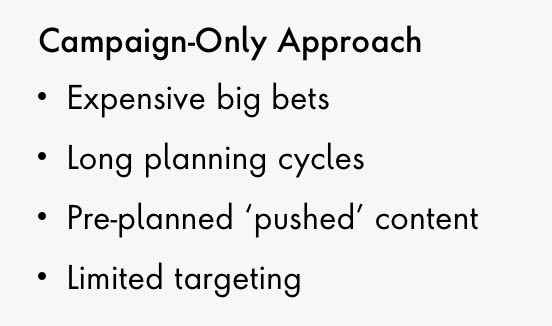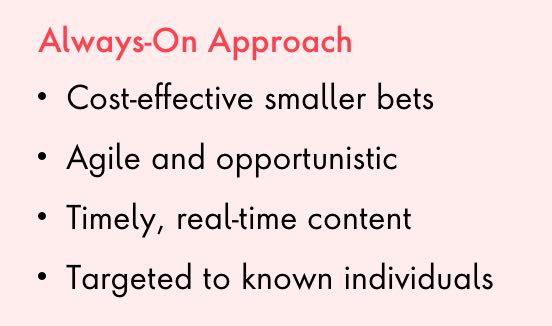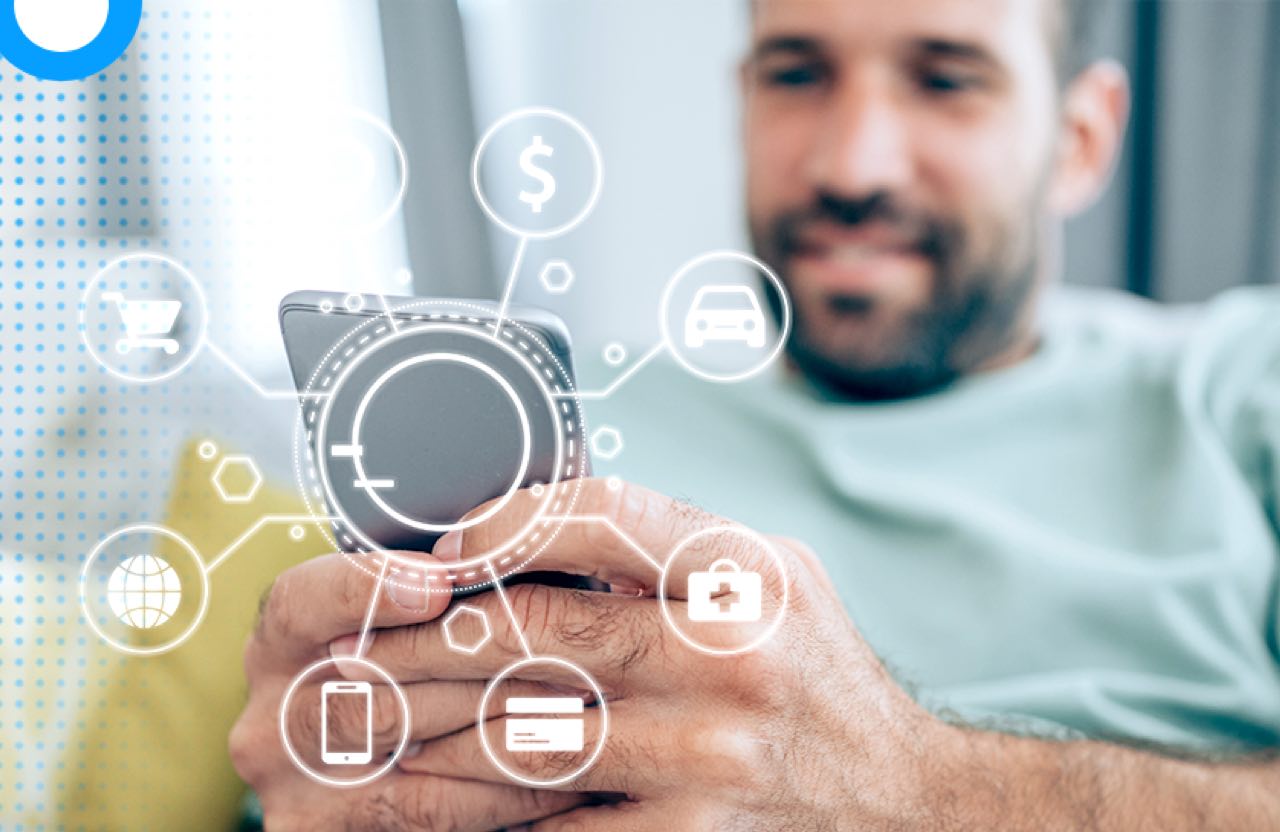What issue can we solve for you?
Type in your prompt above or try one of these suggestions
Suggested Prompt


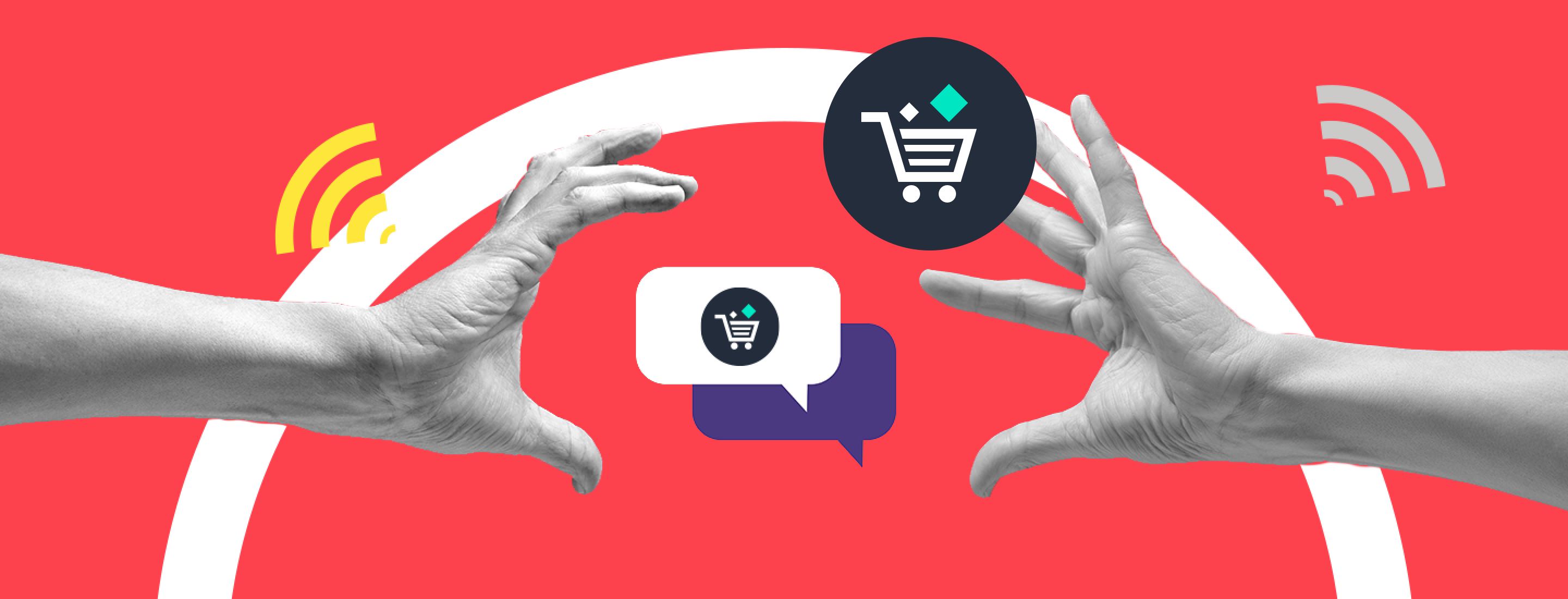
Insights
Always-On Engagement: Customer Relationships Built on Value
Always-On Engagement: Customer Relationships Built on Value
The best relationships are built on trust and communication – it’s a two-way street. As the relationship between brands and consumers becomes more direct, how can organizations ensure they’re using the data they collect to create an equal exchange of value?
If a person is prepared to trust a brand with their personal data, they expect some level of personalization in return. Seventy-five percent of consumers expect a personalized touch across every interaction they have with a brand. However, 40 percent do not believe the data they share always equates to the value they receive in return, leaving room for improvement when it comes to meeting customer needs beyond the transactional.
Customers are willing to exchange personal information when it means they're getting perks like free shipping or a better deal. But customer behavior also demands the need for timely and relevant content with real-time experiences becoming a deciding factor for brand choice. This requires a fundamental shift in how brands think about the way they use data to communicate with customers, moving from pre-planned campaigns to always-on engagement.
What is always-on engagement?
Always-on engagement moves away from traditional campaign-based marketing to relevant, real-time communication that is tailored to specific moments in the customer journey or decision-making process. This model helps brands deliver personalized experiences that fit seamlessly within a complex and evolving shopper journey, one that’s typically non-linear and crosses multiple channels from discovery to purchase.
Always-on engagement fills the gaps that traditional campaigns traditionally encounter, elevating the peaks and eliminating the valleys of timed communications and generic pre-planned content, evolving instead to a consistent flow of interactions between brands and target audiences that builds over time as brands develop deeper relationships with consumers.
Always-On closes the consumer engagement gaps of traditional campaign marketing and amplifies engagement when it peaks

For example, a person may see a product they like while scrolling on social media, head over to a retail website to make a purchase, and then manage in-store pickup or delivery from an app on their mobile device. A brand could recommend in-store deals or related items in stock at their pickup location that they may want to add to their shopping list ahead of collecting their online order.
Relevant messaging, services and offers delivered at the right moments provides clear value to shoppers, delighting them when they’re best positioned to make a purchase decision, sign up for a loyalty program or check out a new product.
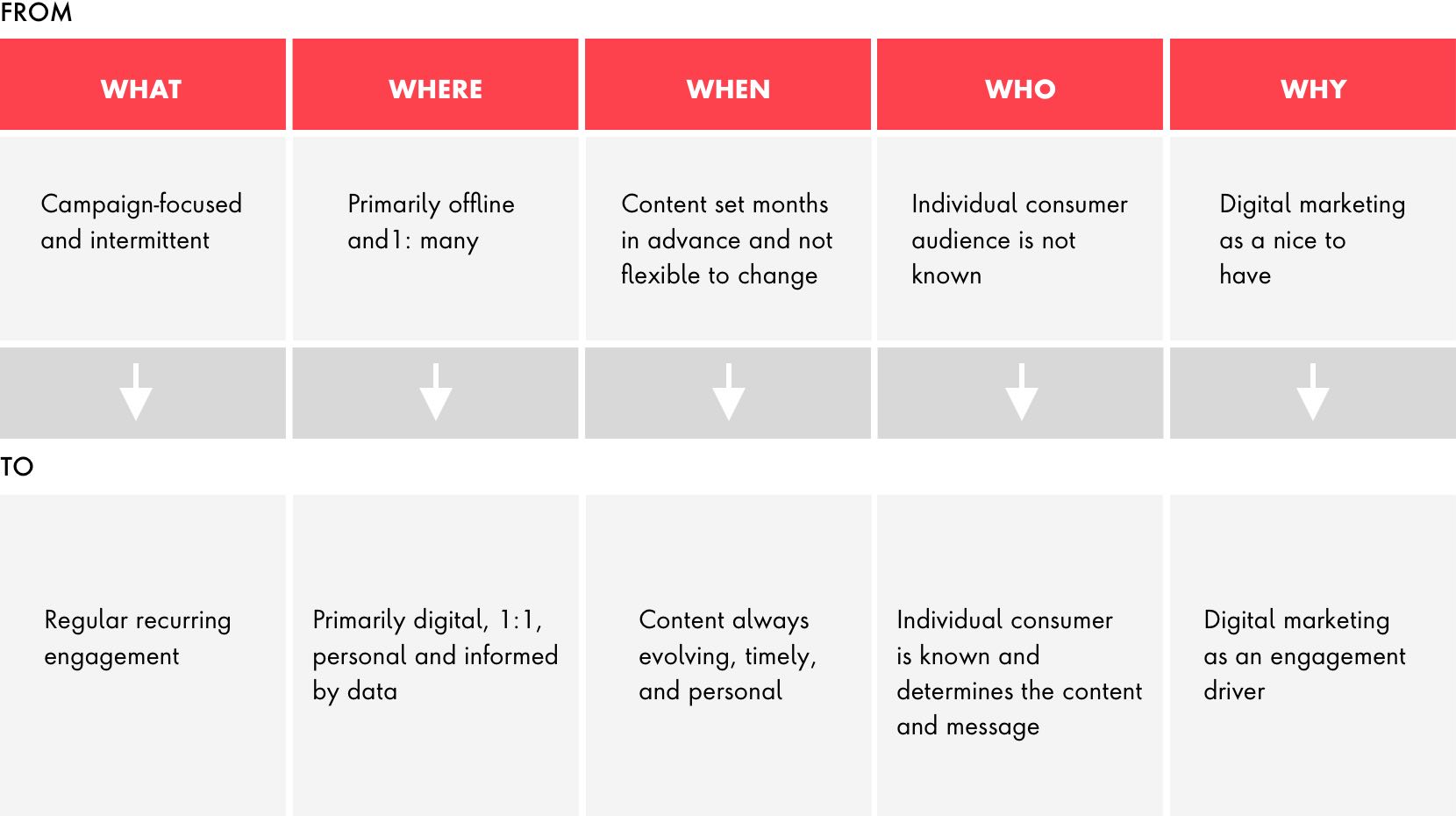
Providing value in innovative ways
First-party data enables brands to create new customer experiences and evolve the customer journey, with opportunities to engage and increase revenue in innovative ways. One global CPG firm did exactly that. Using a customer data platform, the brand was able to consolidate their customer data to uncover insights on purchase behavior and product preferences. This enabled the company to launch a D2C subscription business and deliver new experiences to their customers by offering auto-replenishment notifications and product recommendations that could be accessed directly through a new line of smart home appliances – giving the brand an always-on way to continuously build relationships with their customers.

eMarketer Interview:
How CPG Brands Can
Build Always-On
Engagement
How to get started
Implementing always-on engagement requires core data and technology capabilities. A test-and-learn process lets brands identify areas of opportunity and what technology solutions are needed to achieve the best results.
Most organizations will move through a four-step process:
The Journey
Most organizations will move through a four-step process in building their always-on capability with data and technology at the center throughout.
-
Believe it
Creating and socializing the vision to build buy-in and spark change.
Prove it
Testing-and-learning to understand what it will take to change and start proving the value.
-
Build it
Defining the enterprise-wide always-on plan from business case to technology to create the roadmap for change.
Optimize it
Improving operations continuously to embed new ways of working and run efficiently.
Data and Technology Foundation
The data and tools to create a single view of the customer/consumer and activate personalized content across channels.

Create the vision and secure buy in
Work within the organization to define how the business needs to change in regard to digital maturity, evaluate market readiness and identify opportunities that may be relevant for your brand. This will help establish what always-on looks like within your organization and what needs to be done to elevate or augment existing marketing efforts.

Test and learn to identify value
Identify and develop a portfolio of pilot programs that account for nuances across the entire organization, along with potential partners or infrastructure that may be needed to achieve the vision. Then, design a model that will allow the organization to test these programs to see if they have the potential to achieve overall business goals.

Build a roadmap for success
With a structure in place, goals set, and needs identified, you can begin to build out an enterprise-wide plan to roll our your always-on strategy. Develop a library of use cases for always-on capabilities you aim to deliver and prioritize initiatives in a way that balances both short-term returns and long-term investments. Then, create a roadmap that will allow your organization to achieve your goals while creating new value.

Optimize and scale
Always-on is inherently iterative – and the process for optimizing should be too. As you continue to scale your strategy, keep an eye on challenges, areas of improvement and feedback to quickly adjust as you scale. Feedback from employees can be used to help develop training on new tools, technology or processes that guide the organizational shift.
Conclusion
The relationship consumers have with brands and how they choose to shop is changing, with added value beyond the transactional playing a key role in building lasting loyalty. For brands, this may seem like a massive shift – but with an intentional, data-driven approach to engagement, organizations can establish a foundation that will enable them to scale and evolve just as rapidly as consumer preferences do.




